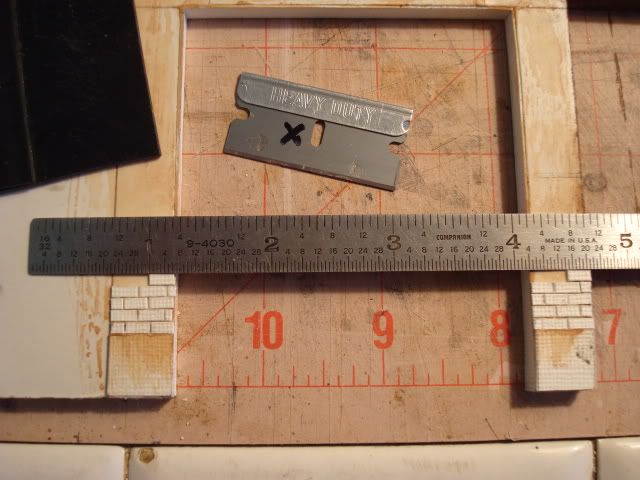I have a 36 inch turntable pit. I am considering bricking the floor, just like the original in Evansville. TOUGH JOB! Especially when the bricks follow the circle.
How would YOU do it?
Original Post
|




|
Replies sorted oldest to newest














quote:Originally posted by King Mouse:
Vulcan,
Got the paper.
Dave
quote:Jim, they are cut individually from Strathmore Acrylic Canvas. It comes in tablet form used for acrylic painting.



quote:Originally posted by Vulcan:
Jim, they are cut individually from Strathmore Acrylic Canvas. It comes in tablet form used for acrylic painting.

quote:Originally posted by Lee 145:
I am not certain I want to go the individual brick route, madness lies that way for me.
Access to this requires an OGR Forum Supporting Membership
